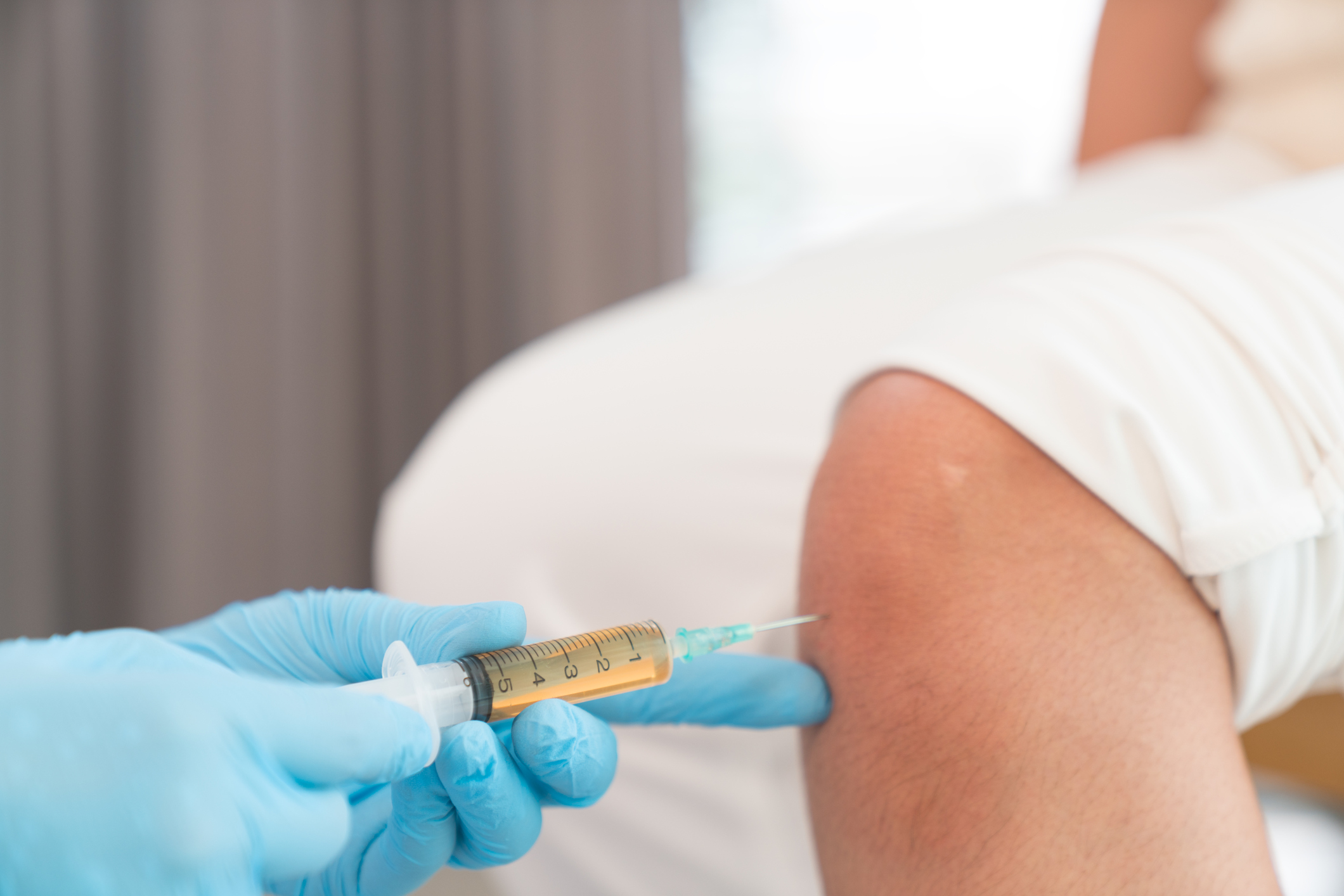How is PRP Created?
When it comes to PRP injections, they will vary depending on the individual patient. The actual solution is made from the patient’s blood, which accounts for the variations in PRP injections from one individual to the next. Also, there are various ways to concoct the PRP solution. Each doctor may utilize a slightly different method for preparing their own PRP solution, which can also attribute to variances between injections.
Understanding the Creation Process
While PRP injections near me do vary slightly from patient to patient, the creation process is fairly similar among different doctors. Most doctors will use a centrifuge to spin a tube vial of their patient’s blood. This high spinning motion allows the blood to separate into different layers, which are then extracted to create the PRP Injections in Westchester. These different layers include the following:
Red Blood Cells (bottom layer)
White Blood Cells and Platelets (middle layer)
Platelet-Poor Plasma (top layer)
Your chiropractor Westchester will remove the vial from the centrifuge once the spinning process is complete. They will then start to prepare the PRP solution for injection. It’s important to note that the time the vial is spent in the centrifuge can vary depending on the specific clinic. Different spinning times and speeds can affect the composition of the PRP solution.
What is in the PRP Injection Solution?
The PRP solution will be different depending on what’s put in it. The concentration of the platelets, additives, and white blood cells will determine the exact makeup of the PRP injection. PRP stands for platelet-rich plasma injection. Let’s take a look at the components that make up this PRP solution below.
Concentration of Platelets
Westchester PRP Injections have about 2.5 to 9 times the normal blood concentration of platelets per microliter. Each person’s platelet concentration is going to be different than the next person’s. This will vary not only individually, but also on how much blood was taken, the variables associated with the centrifuge process, and other preparation methods.
Additives
Not all doctors, but most do mix in additives to their PRP solution. Some popular ones are calcium chloride and thrombin. These additives work to artificially stimulate the platelets, enhance the plasma’s regeneration properties, and stimulate clotting.
White Blood Cells
This is going to be highly dependent on the individual’s white blood cell count and how the PRP injection is prepared by the medical professional.
